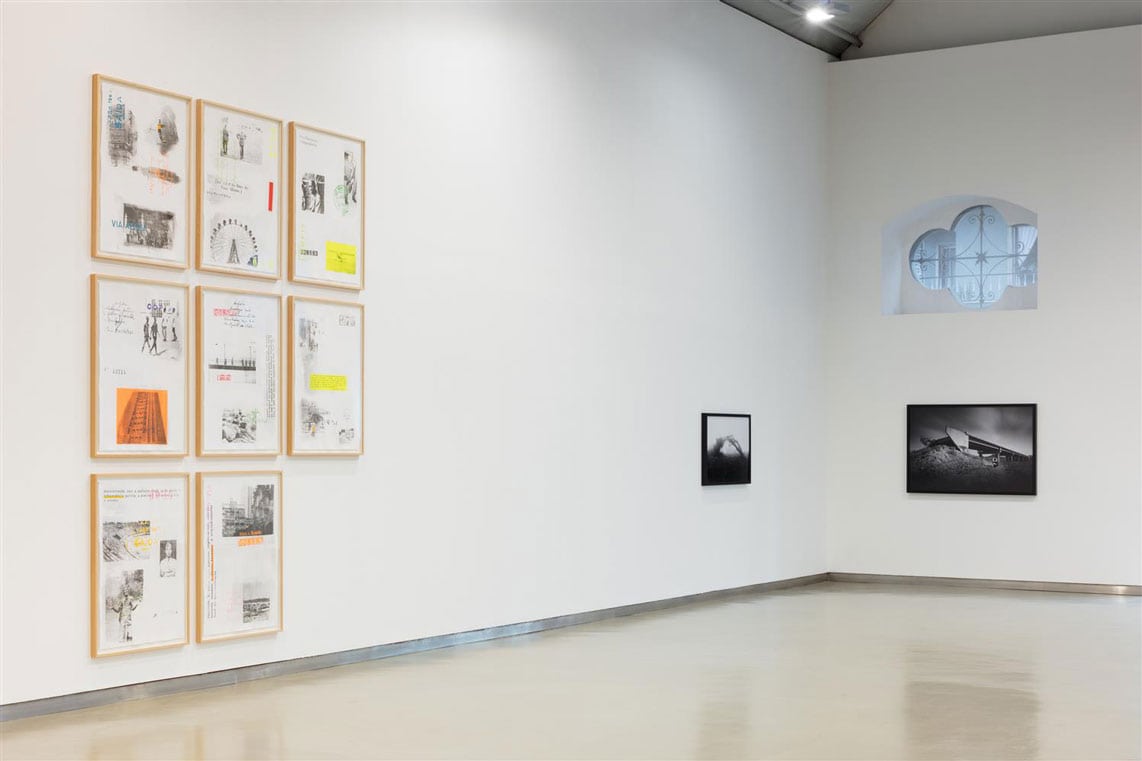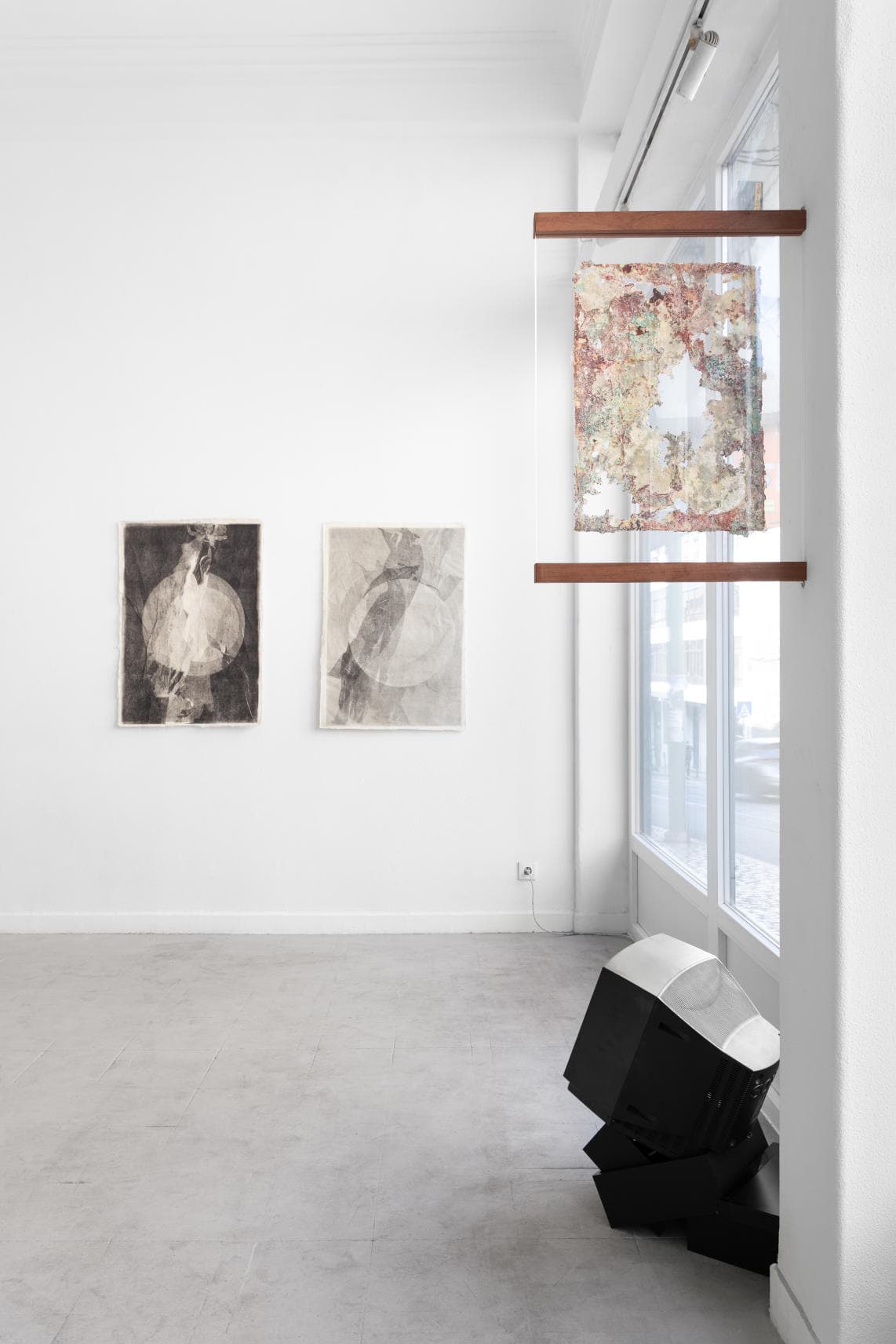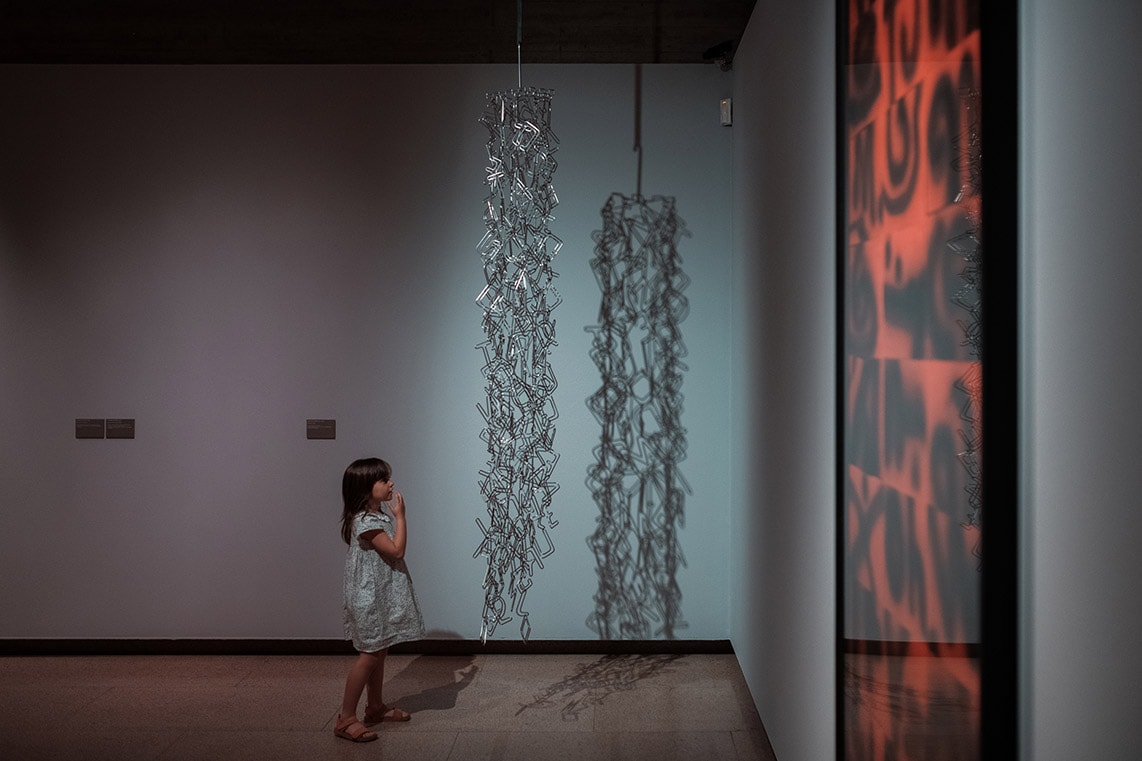After visiting the exhibition Urihi theri, by the Yanomami artist Sheroanawe Hakihiiwe, a big question arises: how to approach indigenous art? It is not like criticising an artist from a nation-state, European or South American. The different worldview creates a cognitive abyss to be acknowledged and mentioned in order to avoid the threat of exoticism and the projection of colonising aesthetic paradigms. My concern is clearly marked by ways of valuing “from white people”, since the way I recognise and value an art object is not the same as that of Amerindians. Therefore, I believe it is necessary to listen and to imagine in order to approach a body of work that comprises the aesthetic realm and others: economic, social, religious, and political. Hakihiiwe shows this in a video for Para Site, a contemporary art space in Hong Kong:
“In my jungle community, the women make and paint the baskets and the men make and paint the arrows. We celebrate and dance as we paint our bodies with natural pigments derived from plants and animals. We paint our bodies with lines, dots, animals, worms, butterflies, and other insect designs. Adults and children paint their bodies and that makes us happy. The work I do on these papers is closely related to the whole universe I know from Uriji (the jungle), which I encounter when I go into the jungle accompanied by people from the community and family. […] I also know the animals and plants, their tracks and how they move in the jungle. The Shapori (shaman) speaks to me and tells me how things are. The animals speak through the shamans. The spirit helps us. This is particularly important. My mother taught me a lot about our customs and culture. I think about all that I have heard and experienced. I make my work based on that knowledge and experience.”
This confession by the artist helps us to create an image about ways of living and sense-making different from those of our society, allowing us to appreciate his paintings with a dilated eye. The exhibition Urihi theri (the place of the jungle), at Kunsthalle Lissabon, features ten paintings by Hakihiiwe, three of them previously unseen, in large format and on fabric. In the delicate lines, we find a figurative expression that extracts the essential out of the form, making it even difficult to identify. To the unaccustomed, the forms seem simply geometric, as in Kopina mipe/Vespeiro, where small circles painted in black and red form horizontal groupings; or in Mishimishima tahiyape/Arbusto da floresta tropical, where six concentric and asymmetric vertical elements form a kind of foliage. The synthesis and minimalism of the drawing reflect an intimate relationship with the plant elements and animals depicted. The titles of the works also show the connection between the artist and Uriji (the jungle): Hareremi kaweiki/Barba de inseto, Warimahi akataju/Meia árvore de Ceiba, Wakari/Fruta doce da floresta tropical.
The fabric paintings in the Uriji theri series lend their name to the exhibition and depict, like other drawings, elements of the jungle. But there is an original difference in the composition – we see an overlapping of the elements. In the painting Sem Título II, we spot in the background trees with coloured foliage (green, yellow and purple), while in the foreground the artist adds geometric shapes, such as spiral lines, black and yellow dots. In the other painting of the series, we see the opposite – similar trees are added over lines and shapes in red (one of them resembling a volcano or closer to the Amazon reality, a termite mound). The third fabric painting in the exhibition, Seiseimi kona/Cantar como as cigarras, is also composed of overlays of black and pink. We identify depictions of branches and other plant elements in black and, again, loose lines and dots over the drawing.
I remember when I first visited the Amazon rainforest, how I felt standing in front of what I would describe as “chaotic immensity of the living”. I agree with the artist’s position when he states that the “jungle is a community in itself”. Hakihiiwe’s drawings are fascinating, we find in the minimal lines and dots the choreography of the jungle-community from an ancestral point of view (it is important to remember that the Yanomami tribe is an ancient civilization). The energetic movement of drawing theorized by Kandinsky appears here as a beautiful example, but this is just me aestheticizing the magical.
The exhibition Urihi theri will be on view at Kunsthalle Lissabon, in Lisbon, until June 5th.
Roda Viva | Ailton Krenak | 19/04/2021
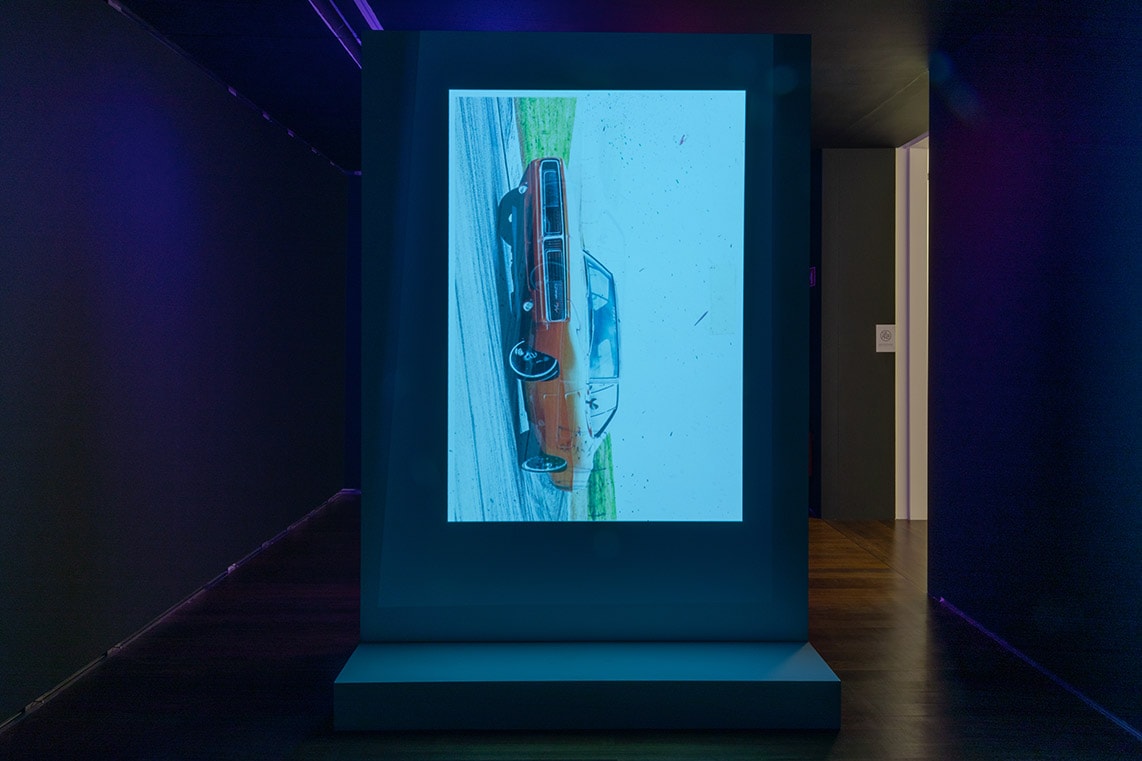
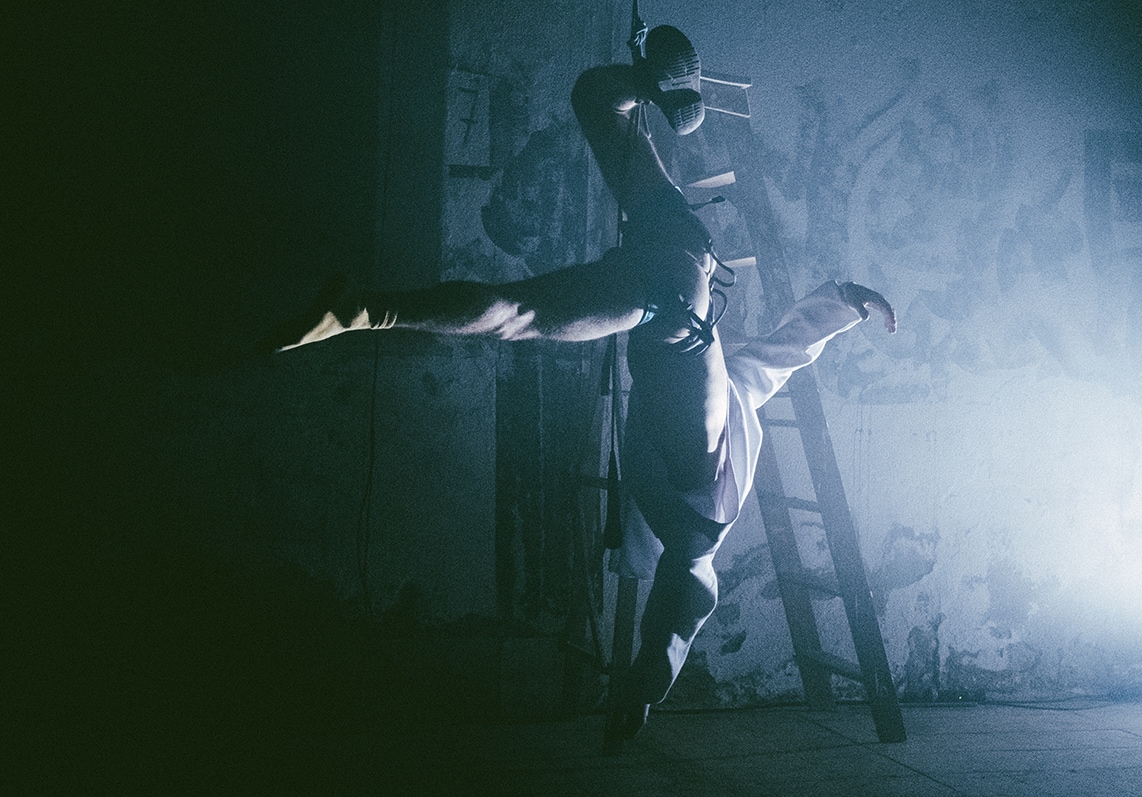
![Mutirão[i] at the nowhere: an experiment in living(with)](https://umbigo.s3.us-east-1.amazonaws.com/public/wp/1-_01_vistageral_mutirao_dez2021.jpg)
